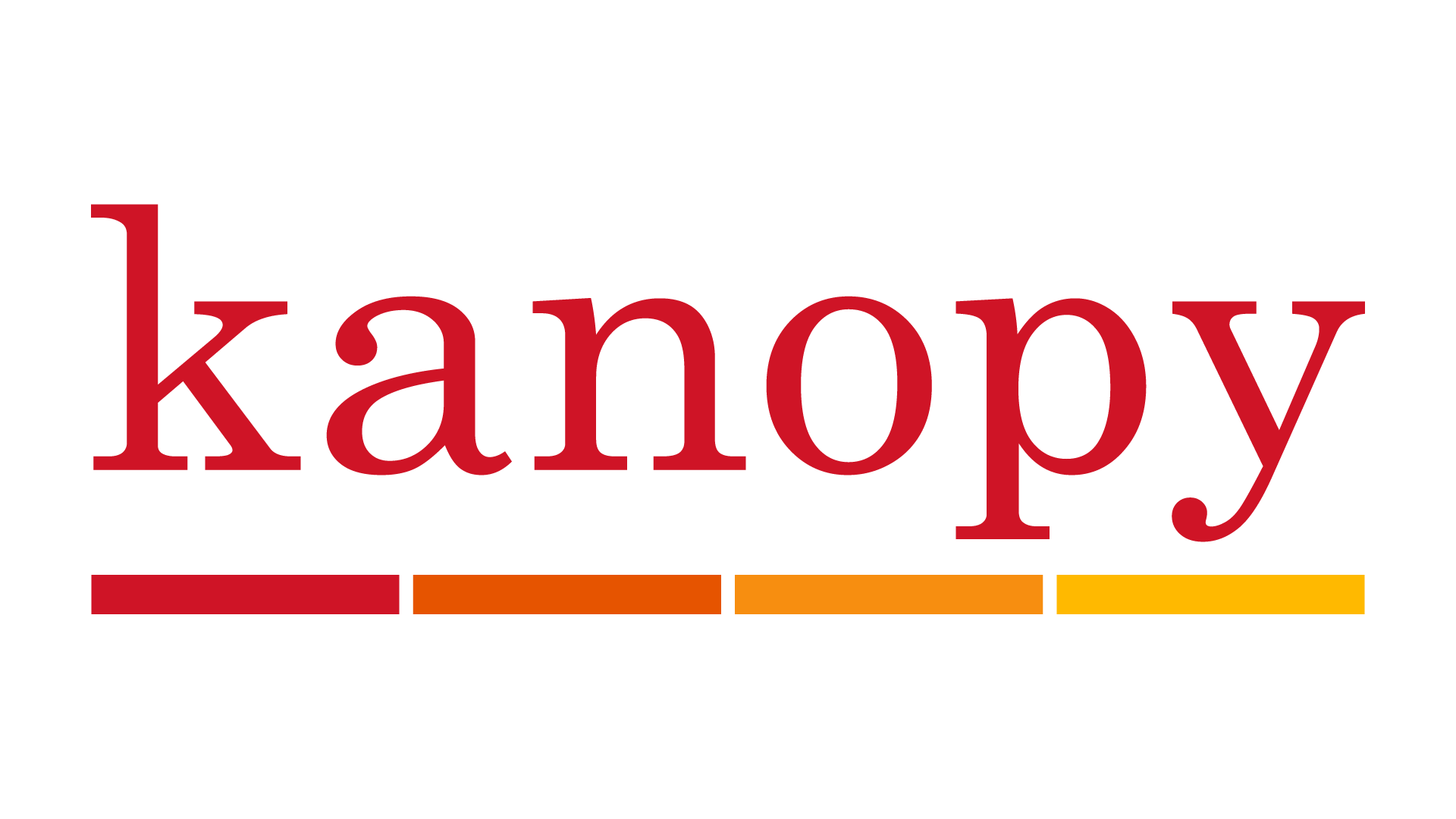Physiotherapy has been taught at the Medway campus since September 2018. This term seemed like a good chance to check in with what’s available on this subject through our digital library.
Let’s start with the obvious. A search on LibrarySearch for physiotherapy finds 192,047 (about 60,000 more than when this blog post was first run in 2019). Most of these are electronic journal articles, but there’s a good range of other material as well. The search finds 33 different books on the shelves at the Drill Hall Library (Medway’s remarkably long library building – if you haven’t visited, you really should). Most of these are clustered around the number 615.82 on the shelves, but others are found with the books on specific body systems (e.g. books on cardiorespiratory or neurological physiotherapy). Of course, there are other useful books too, on anatomy, physiology, health promotion, reflective practice and a whole host of other subjects. We are always buying new books! There are some useful ebooks available – a quick hunt around LibrarySearch unearths gems like the Neurological Physiotherapy Pocketbook and Understanding Physiotherapy Research.
Books are a great starting point, but often not the end point of a search for information. What other electronic material can our digital library offer?
Well, there are those thousands of journal articles I mentioned earlier for a start. These report research, provide expert opinion and record interesting case studies. These are easy enough to track down using LibrarySearch, just by entering a few key words, or you can venture into the databases (via the Find Databases A-Z option on the LibrarySearch home page) for a more detailed search. We have a few which are really helpful for finding physiotherapy articles – CINAHL Complete covers journals on the allied health professions, for instance, and SportDiscus can help you delve into sports rehabilitation research. One of the useful things about the databases is that you can search for multiple different words for the same thing at the same time. Need to find information about physiotherapy practice with teenagers? No problem – with CINAHL and other databases, you can search for teenagers, teens, adolescents, youths, young people and other words and phrases with similar meanings all at the same time.
And then there’s the media resources. Kanopy is a great video-streaming service for higher education, and includes a number of documentaries about service users’ experience of healthcare. Plus, we have access to the bob service which archives British TV and radio broadcasts – just go to https://learningonscreen.ac.uk/ondemand, click Sign in and search for Canterbury to gain access. Ever wanted to know how physiotherapy is portrayed in soap operas, or whether it gets much mention in documentaries about the NHS? This is the place to find out! Or you can go completely off-piste and watch the episode of Supervet from April 2018 where a terrier is referred for “a course of intense physiotherapy.”
For other material, you may have to venture away from CCCU systems, as there is a vast range of official sources of information for health that LibrarySearch just can’t provide. This can include statistics from sources such as NHS Digital (https://digital.nhs.uk/data), Public Health England (https://fingertips.phe.org.uk/) and the Office for National Statistics (https://www.ons.gov.uk/). Or guidelines, policies and case studies from organisations like NICE and the Chartered Society of Physiotherapy. A good site to use is the CSP’s own site (https://www.csp.org.uk/). For the health professions, it is genuinely vital to use reliable information, and these are excellent places to start.
But there’s more from your digital library as well! With so much info out there, we have tools to help make sense of it. I often turn to Cite Them Right Online to help with referencing (with questions like “just how do you reference the CSP’s guidelines, anyway?”), and there are some useful tutorials on Skills4Study Campus too. A particularly handy one is “Reading and note making”, and it’s worth checking out the “Critical reading and writing” section in the “Critical thinking skills” module too. Read our blog post about it for more information.
The digital library also provides a way in to some really useful tools for learning anatomy and physiology (all available from the Find Databases A-Z link). Acland’s Video Atlas of Human Anatomy is exactly what it sounds like. And then there’s Visible Body. This is a whole range of resources in one: Visible Body Anatomy & Physiology is essentially an interactive textbook, while Visible Body Premium includes the amazing Human Anatomy Atlas – a 3D body that can display any combination or organs and systems and be examined from any angle. A brilliant aid to learning and revision!
The possibilities, it seems, are endless (though I really wouldn’t advise using Supervet as background for an essay).
David Bedford – Academic Support Librarian (Medway) – Health and Wellbeing
Top Image: Female physiotherapist with elderly female patient. Credit: Adrian Wressell, Heart of England NHS FT. CC BY
 Library
Library Steve Peters
Steve Peters 1167
1167





Really enjoyed this blog post, David. I hope that you have inspired the physiotherapy students to explore the #YourDigitalLibrary